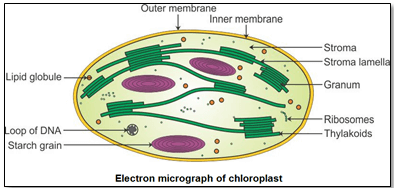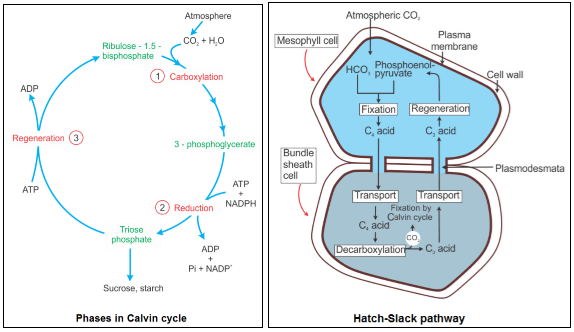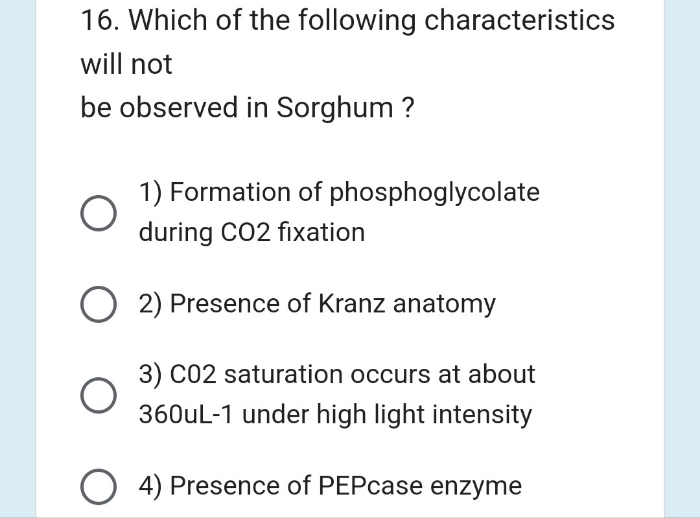Photosynthesis in Higher Plants
Photosynthesis in Higher Plants PDF Notes, Important Questions and Synopsis
SYNOPSIS
- Synthesis of carbohydrates by green parts of plants in the presence of sunlight with the help of carbon dioxide and water is called photosynthesis.
- Chloroplasts are the site of photosynthesis.
- Pigments involved in photosynthesis are chlorophyll a, b, c, d and e.
-
Absorption spectra of chlorophyll a and chlorophyll b reveal that these pigments absorb maximum wavelengths of the blue–violet and red light of the visible spectra.
-
Maximum photosynthesis occurs in the blue–violet and red parts of light.
-
The pigments are organised into two light-harvesting complexes or antennae within photosystem I and photosystem II.
-
In PS I, the reaction centre chlorophyll a has an absorption peak at 700 nm, while in PS II, the absorption peak is at 680.
-
Electron Transport Chain/Z Scheme
-
The electrons that were removed from PS II during the electron transport chain are replaced by the photolysis or splitting of water.

-
Light Reaction: The light reaction of photosynthesis occurs only in the presence of sunlight in the thylakoid membranes of grana and stroma lamellae.
-
Dark Reaction: The dark reaction is the second phase of photosynthesis which occurs in the stroma of chloroplasts. It uses ATP and NADPH2 for the fixation and reduction of CO2 to form carbohydrates.
-
Types of CO2 Fixation
-
The process of uptake of oxygen and the production of carbon dioxide in light by photosynthesising tissues is known as photorespiration.
-
Factors Affecting Photosynthesis
Related Chapters
- The Living World
- Biological Classification
- Plant Kingdom
- Animal Kingdom
- Morphology of Flowering Plants
- Anatomy of Flowering Plants
- Structural Organisation in Animals
- Cell : The Unit of Life
- Biomolecules
- Cell Cycle and Cell Division
- Transport in Plants
- Mineral Nutrition
- Respiration in Plants
- Plant Growth and Development
- Digestion and Absorption
- Breathing and Exchange of Gases
- Body Fluids and Circulation
- Excretory Products and their Elimination
- Locomotion and Movement
- Neural Control and Coordination
- Chemical Coordination and Integration
- Reproduction in Organisms
- Sexual Reproduction in Flowering Plants
- Human Reproduction
- Reproductive Health
- Principles of Inheritance and Variation
- Molecular Basis of Inheritance
- Evolution
- Human Health and Disease
- Strategies for Enhancement in Food Production
- Microbes in Human Welfare
- Biotechnology : Principles and Processes
- Biotechnology and its Applications
- Organisms and Populations
- Ecosystem
- Biodiversity and Conservation
- Environmental Issues








